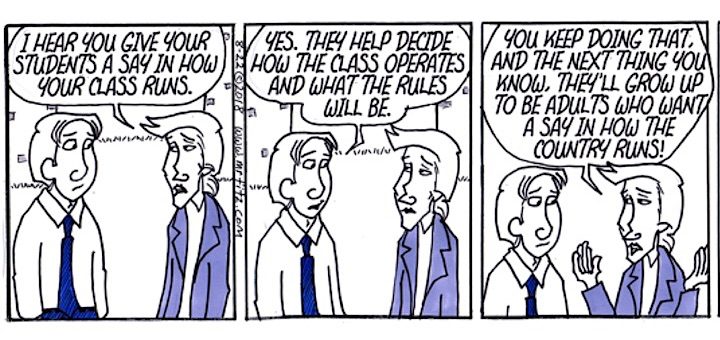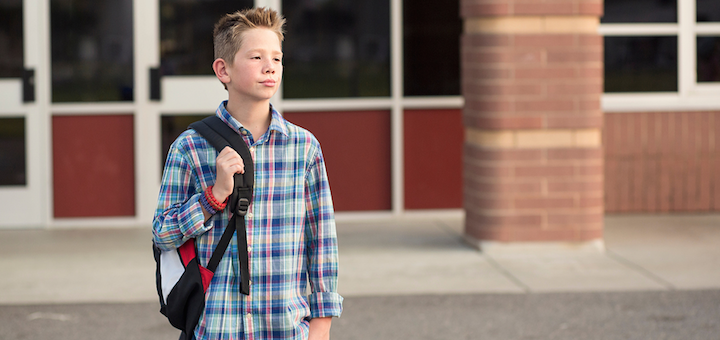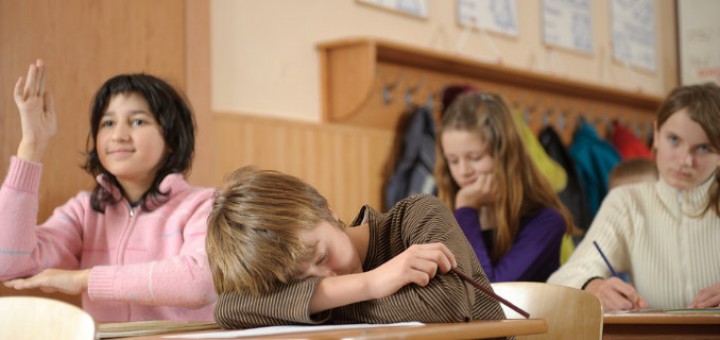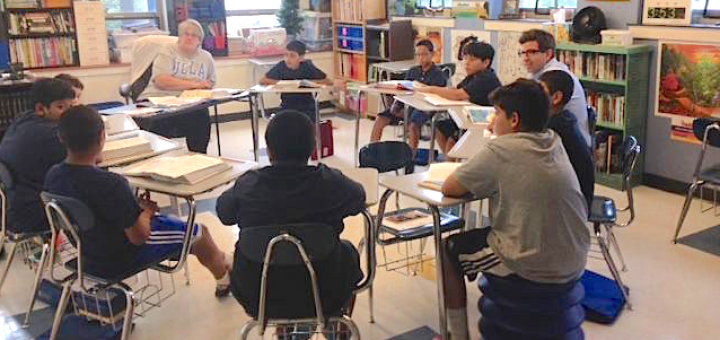Category: Student Behavior
Compassionate discipline calls us to action, writes SEL & the Brain expert Marilee Sprenger – actions much different from our usual vision of discipline. Showing compassion and managing our behavior can help our students recognize their own emotions and regulate themselves.
“My collaborative approach to discipline may sound too good to be true. But it’s still working, eight years into the experiment,” writes David Finkle. “Some classes respond immediately; some need time to adjust to the paradigm shift. But in the end, it nearly always works.”
What mix of behavior strategies can build happier, higher achieving middle schools? Principal Michael Gaskell shares customized PBIS methods his New Jersey school uses to help students stay in school, develop positive mentor relationships, and achieve greater success.
Troublemakers. Forgetters. The Clingers. The Confused. Barbara Blackburn looks at how we often jump to conclusions and miss chances to build trust, explore the needs behind the behaviors, and help students grow. Once we jump, she warns, it’s hard to jump back.
Dialogue circles can facilitate brain function and help “increase generosity, trust, intrinsic motivation, social connection, and cooperation so students can work together for a common purpose,” writes inner-city middle school principal David Palank.
Positive discipline is supported by brain research about adolescent learning, say the authors of U-Turn Teaching. So demonstrate, facilitate, motivate.





















